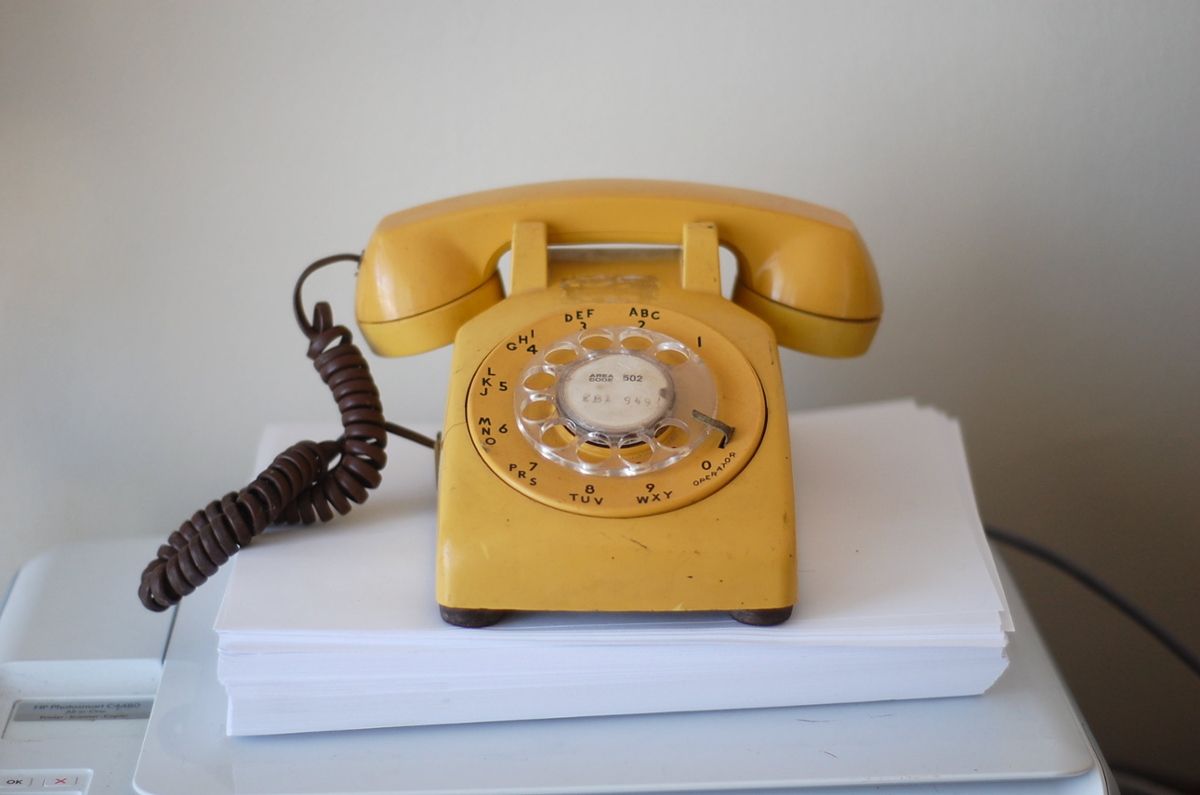D: Yael? It’s 6 in the morning. Why are you calling me?
Y: I just saw the most incredible thing and had to tell you. You’ll never guess what it was.
D: Maybe not, but I can guess that you were waving your hands around just now.
Y: How’d you guess that?
D: Probably because I’ve seen you do it before, but maybe your voice told me too. Making gestures affects the shape of our chests, lungs, and throat muscles, and it turns out people can hear those movements even if they can’t see them. A team of scientists recently did an experiment where they recorded volunteers voicing the sound “uh” while making an up-and-down motion with their arm or wrist at different tempos. The volunteers were told to keep the sound as steady and monotonic as possible. Then, the researchers played the audio recordings to a different group of volunteers. These volunteers were told to synchronize their movements with those of the person on the recording. The idea was that if the volunteers could do this without any visual cues, it would show that the acoustic information carried information about the speaker’s body movements. It turned out that their movements matched almost perfectly with the recorded speaker when the speaker was making arm motions, and pretty well even when the speaker was making subtle wrist motions. We usually think of gesturing as a way to emphasize a point or show an idea, but sometimes they can carry even more meaning. Anyway, what was it that you saw?
Y: A dog on a unicycle.
D: I’m going to need a little help picturing that one.










